0/5
(0 Reviews)
Year by year, advanced technology comes up with new breakthroughs that are potential game-changers. The Internet is no exception. Google continues to change its algorithms to deliver the best websites on its search results. To be able to match and meet Google’s algorithm requirements, SEO (search engine optimization) must become naturally fluid so it can easily make the necessary adaptations to Google’s changes.
There are core strategies, however, that remain “constants” in SEO. These “powers” abide because they continue to effectively produce organic traffic for websites. In turn, favourable search ranks are granted that lead to more traffic, clients, and revenue.
Local SEO Search catalogued four of these “constants” — with some new twists — that can benefit any business with an online presence. These special pieces of valuable information are provided by none other than established SEO experts themselves. Let’s take a look at them (since this piece is over 3,000 words, we provided this outline for easy navigation):
First: On-page SEO via Google Search Console
The main purpose of SEO is to help websites rank higher and gain more traffic through search engines. Experts mainly focus on two things: on-page SEO and off-page SEO.
On-page SEO optimizes website elements such as HTML source codes, content generation, and user friendliness. It is important because some users stay longer on websites providing valuable content. With on-page SEO, the act of attracting more traffic for the website becomes more organic. Yoast author and SEO expert Marieke van de Rakt says:
“On-page SEO consists of all the elements of SEO you can control best. If you own a website, you can control the technical issues and the quality of your content…if you create an awesome website, it will definitely start ranking. Focusing on on-page SEO will also increase the probability that your off-page SEO strategy will be successful. Link building with a crappy site is a very tough job. Nobody wants to link to articles that are badly written or boring.”
How does Google Search Console factor into on-page SEO?
Most webmasters know what Google Search Console (GSC) is: it is a free Google service that helps monitor a website’s presence in Google search results. Its features alone help experts make on-page SEO fixes — and ensure these fixes work (this is Google we’re talking about, after all).
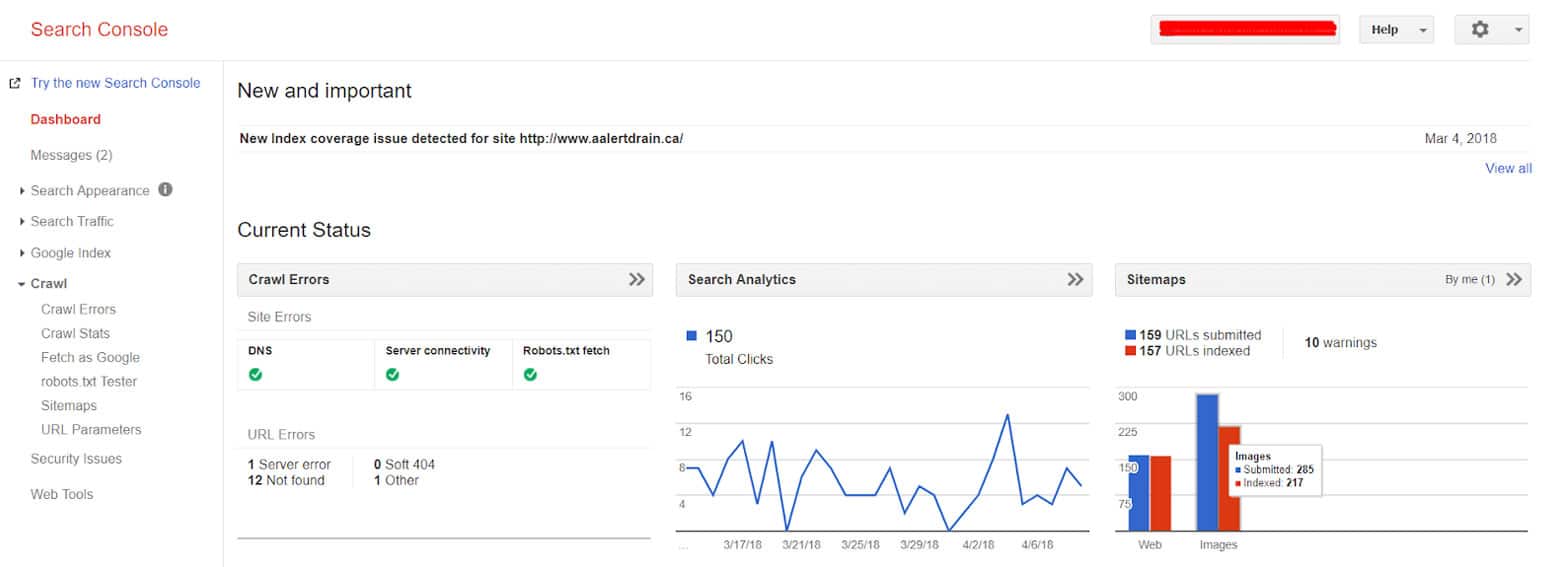
Take, for example, the crawl stats of GSC. In Googlebot terms, the crawl rate refers to the number of requests Googlebots make on websites per second. SEO experts like Neil Patel recommend the GSC crawl stats as an important metric for on-page SEO effectiveness. On his website he said:
“If you use Crawl Stats reports as part of a long-term SEO strategy, you’ll get ahead of your competition and leverage some unique advantages. That’s because Crawl Stats allows you to understand the relationship between your site and Googlebot.”
On its dashboard, GSC presents a website’s crawl rate through line graphs to indicate the frequency of Googlebots’ visits and indexes. In interpreting the Crawl Stats section, watch out for three main components:
It is also important to note that the data on the Crawl Stats page mainly serve as indicators. If websites have faster crawl rates, Google is visiting them many times and is probably on the way to ranking these websites higher on search pages. If the crawl rate is low, SEO experts need to redouble efforts for on-page optimization to make the website more attractive to Googlebots.
An ideal graph reflects a fast rate that happens consistently — which is why it is important to monitor that graph regularly. Watch out for sudden drops or spikes. Both are signs that something’s up with your site.
Webmasters cannot manipulate the statistics, but they can make appropriate fixes to improve those stats. Neil Patel wrote a very informative blog about this, sharing how he considered this feature one of the handiest tools an SEO expert should have for on-page SEO fixes. Read more of his in-depth post here.
Second: Content Delivery Network for WordPress Site Speed
For this second strategy, there are three key phrases to take note of:
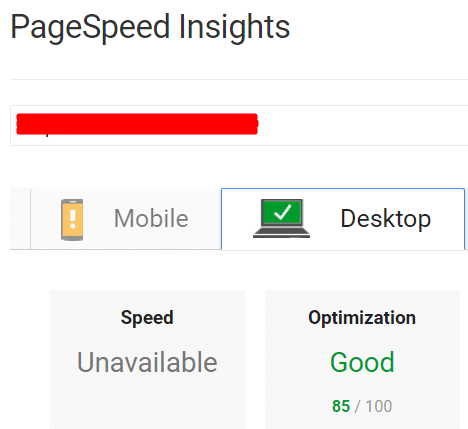
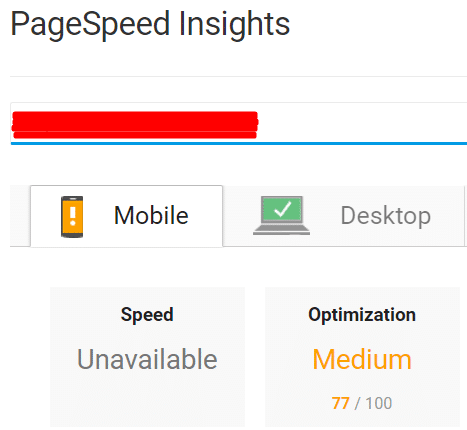
There are many ways to improve a website’s page loading speed, and that usually depends on the platforms and plugins webmasters use. For this particular blog, we will be focusing on improving the site speed of websites run by the leading platform at the moment: WordPress.
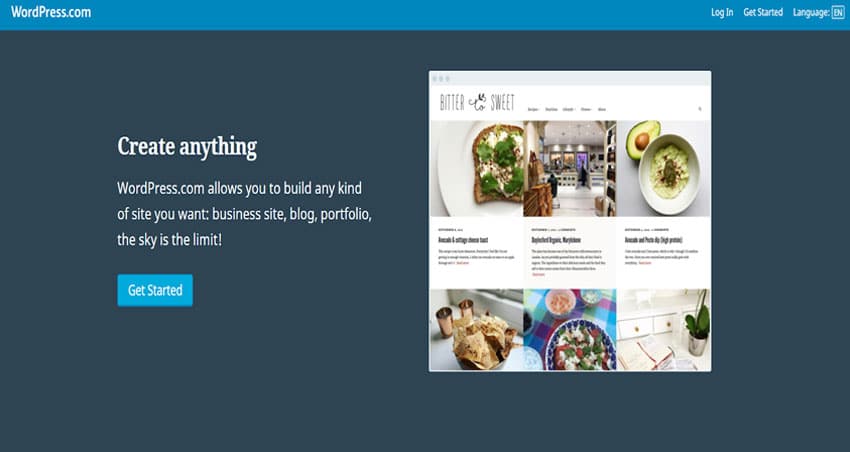
To improve WordPress’ loading performance, experts can optimize images, use effective caching plugins, disable hotlinks, reduce database calls, and limit post revisions, among other approaches. One particular tactic that proves to be effective is the use of a Content Delivery Network (CDN).
One advantage to using a CDN for websites is that it keeps the central server from crashing when many users access the same page at the same time. This is done by distributing the load to multiple centres. Aside from this, the CDN also offers the following benefits:
In spite of its advantages, however, experts still advise against transferring all website resources into CDNs. Websites, after all, must still maintain ownership of most of their content. Search engines continue to attribute value to website content, affecting the website’s search rankings. To make CDNs work in the website’s favour, balance its use by applying CDN to static resources such as:
Third: Website Design for Greater Search Ranking
One of the metrics that search engines give weight to is “dwell time” — the amount of time a user spends and stays on a website. Online users have notoriously short attention spans. When they spend longer than usual on a site, search engines see it as an indicator that users are satisfied with what this particular site offers.
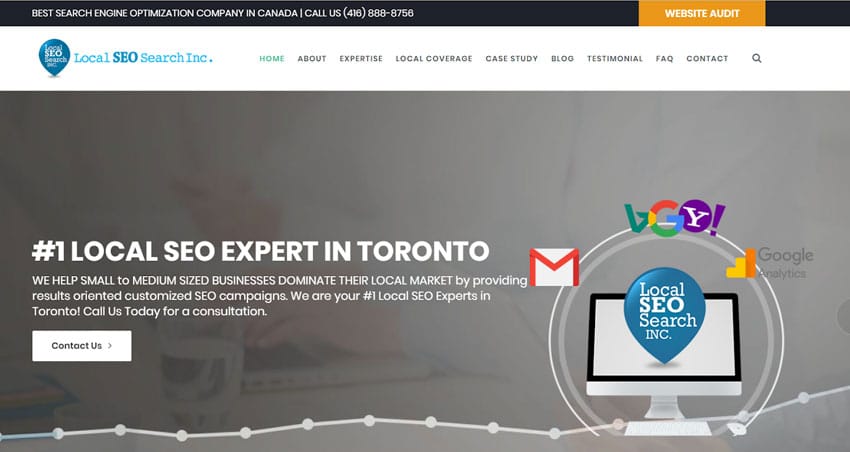
A crucial element to website success is its layout or design. As an online marketing strategy, website designing involves meticulous planning and implementation of key design elements — colour, content, navigation ergonomics, and user interface — to ensure that websites stay true to the company’s brand objective and attract more clients to their business.
Website design is important because:
HubSpot released a list of websites awarded for their design. On its post, the site stressed how these convenient and clean designs improved user experience and helped generate more leads and conversions for their companies.
Fourth: The Godlike Powers of Ethical Link Building
As previously mentioned, SEO is a combination of two attributes: on-page and off-page optimization. On-page SEO mainly focuses on improving the website itself for better search engine recognition and user dwell time. Off-page SEO is about building and expanding your online networks to create more avenues for users to access your site.
One of the most popular and effective off-page SEO tactics is link building. It continues to make waves in the online world; some of the most influential link builders are bringing their own tricks and strategies into the game. We collated some of the most noteworthy ways these masters apply:
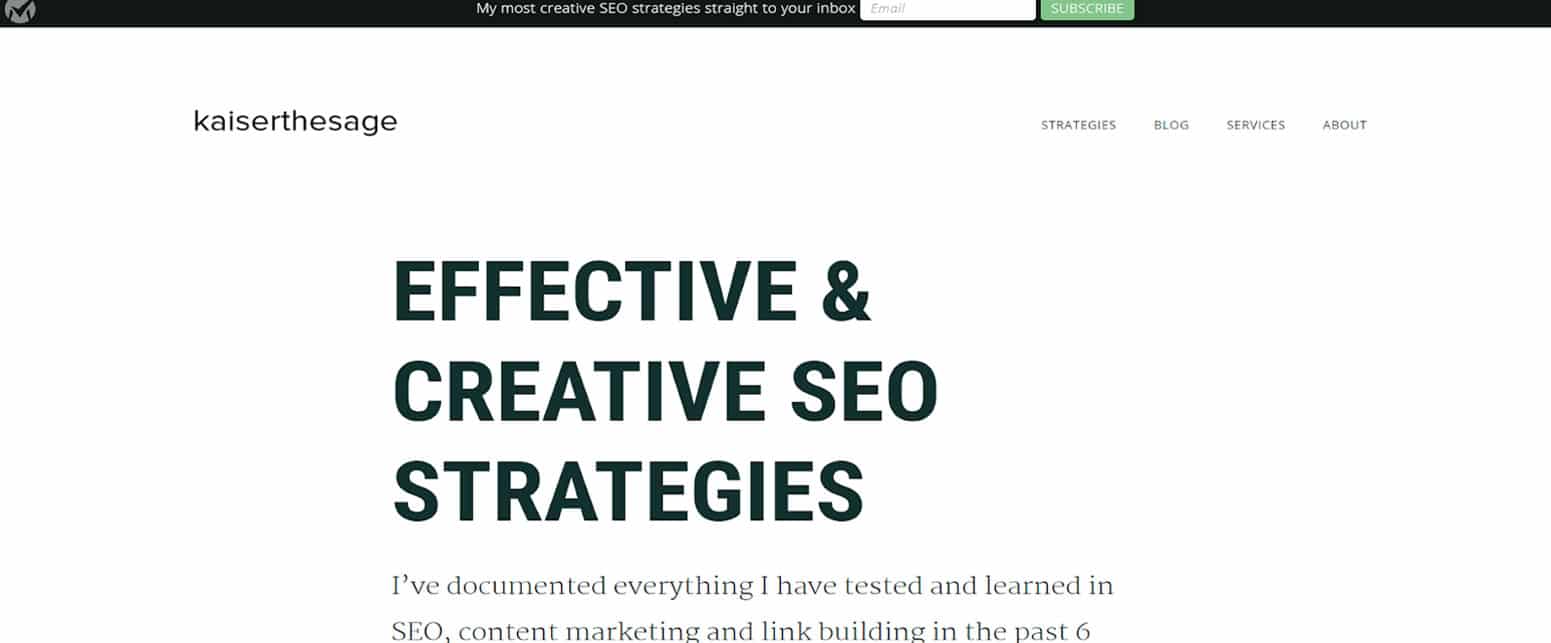
In one of his blog posts (under his Kaiser the Sage website), Acidre illustrated a definitive guide to enterprise link building. He stressed that enterprise link building must be implemented strategically to reach the following goals:
To achieve success, Acidre’s guide features a detailed step-by-step process for research, prospecting, and outreach. His blog featured a case study that showed how campaigns mostly focused on high-quality link acquisition can produce almost five million organic visits.
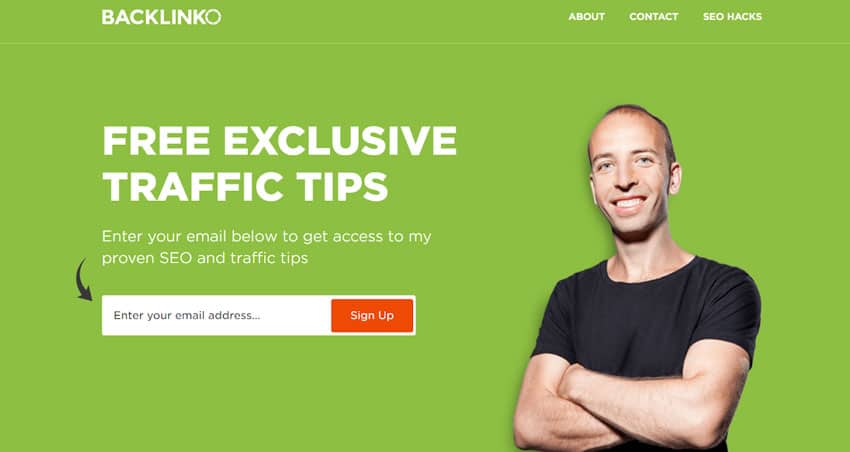
Like Acidre’s, Dean’s website, Backlinko, is a valuable repository of SEO and link building information. In one famous post, he created a definitive guide on how to create and populate quality links for SEO. Some of the key ideas we immediately took away from this post are:
It is a behemoth of a read, but the post is divided into eight chapters for reader convenience. We highly recommend you check out the rest of his post here.
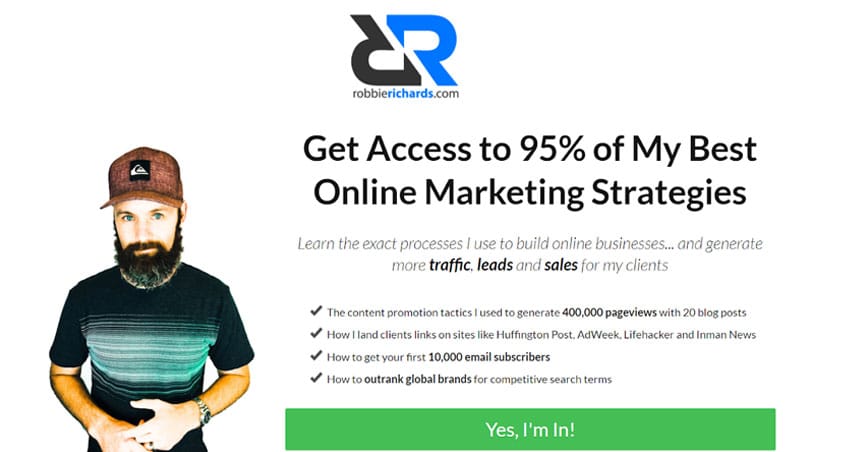
His most recent post, as of writing, contains 14 killer link building strategies to help improve any website’s search ranks. From what he shared, the most interesting tips for us are:
This post is another big body of work (one of his tips even has a separate blog post to discuss it in full detail). In spite of its length, the article is comprehensive with samples, visual walkthroughs, and scripts to guide you through the process for each tip.
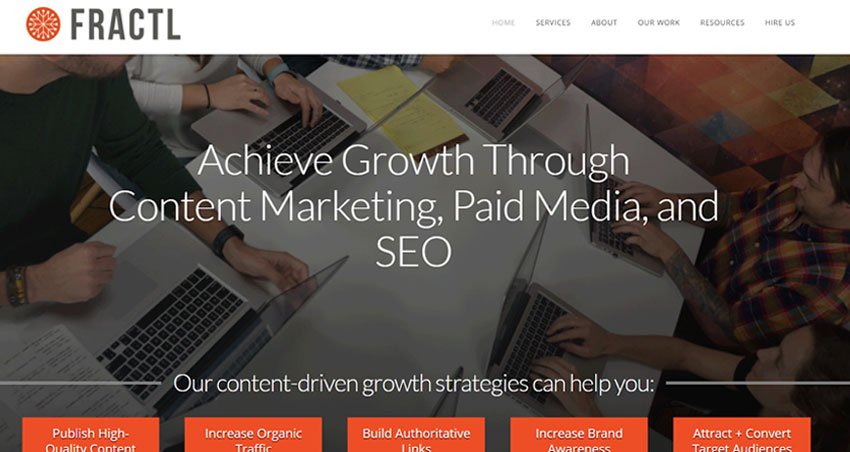
This particular article was published through Moz, where Fractl Marketing Director and Moz contributor Kerry Jones listed the company’s 11 failed campaigns that link builders should avoid. From this post, we came to realize that:
Ethical link building will always be the name of the game as this will earn you more favour from Google.
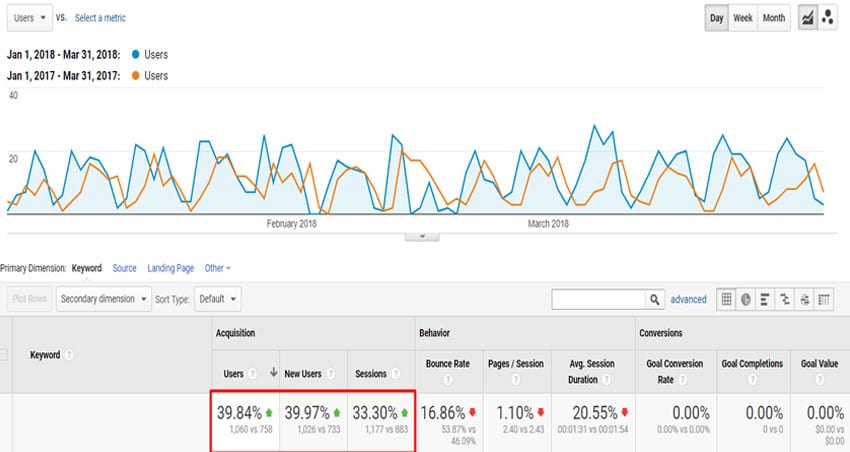
When they asked for our help, Local SEO Search focused on attracting new business clients for the company and helping them reach the top of local searches with link building as one key strategy.
We focused on both on-page and off-page optimization, ensuring that the website and social media entities were active by churning out regular, relevant content. We also produced high-quality links by creating well-written content published on different websites we linked back to Woodbridge Pallet’s site.
The result was impressive: after only appearing on pages 3 to 5, the company is now ranked on the first page of Google for various keywords. Through its online quotation tool, Woodbridge Pallet saw a dramatic increase in the number of inquiries from new clients who found them online. This resulted in additional revenue for the company.
We hope these examples help you start improving your SEO and seeing more visits to your website and service pages. Improve your content and your images so visitors and potential customers don’t “bounce” to a competitor’s site!
Should you need expert SEO assistance in Canada or the U.S. please contact Local SEO Search Inc. today. We’ll do a complete audit of your site, identify the weak and problem spots, and begin optimizing content and keywords so that you can start seeing your business on Google’s first page! Email or call us at (416) 888-8756.
